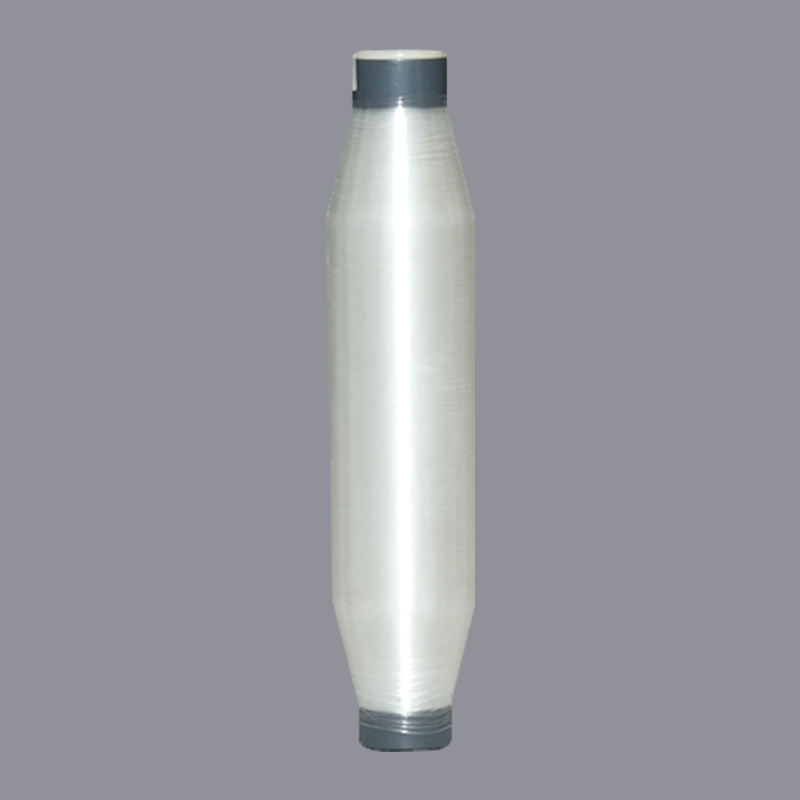There are several ways to identify chemical fiber fabrics:
Observe the shine and color. Chemical fiber fabrics usually have a strong luster, while pure cotton fabrics have a relatively soft luster. For example, polyester cotton has a bright luster and bright color; artificial cotton has a soft luster, uneven color, and poor reflection; and nylon has the brightest luster.
Touch and observe. The pure cotton fabric has a soft feel, and there will be obvious resistance when you pinch it with your fingers. The chemical fiber fabric is relatively smooth, has low resistance, and feels light. Because chemical fiber fabrics have poor moisture absorption and breathability, your palms may feel slightly stuffy if you hold them for a long time.
Observe the light. Pure cotton fabrics will have a slight velvet feel on the surface, while chemical fiber fabrics will have very little, and you can feel the elasticity of the velvet when you tear it.
Combustion method. When burning chemical fiber fabrics, you will feel the smell of glue, and the burnt surface will be like glue balls that will not disperse when kneaded. Natural fibers such as cotton smell like burning paper when burned, and the ashes are powdery and fall into particles when kneaded.
View labels. Check the label of the bedding or clothing. If it is marked as "pure polyester fiber" or "polyester fiber", it means that it is made of chemical fiber. If it is marked "pure cotton", it is probably made of pure cotton.
Through these methods, chemical fiber fabrics can be identified more accurately.

